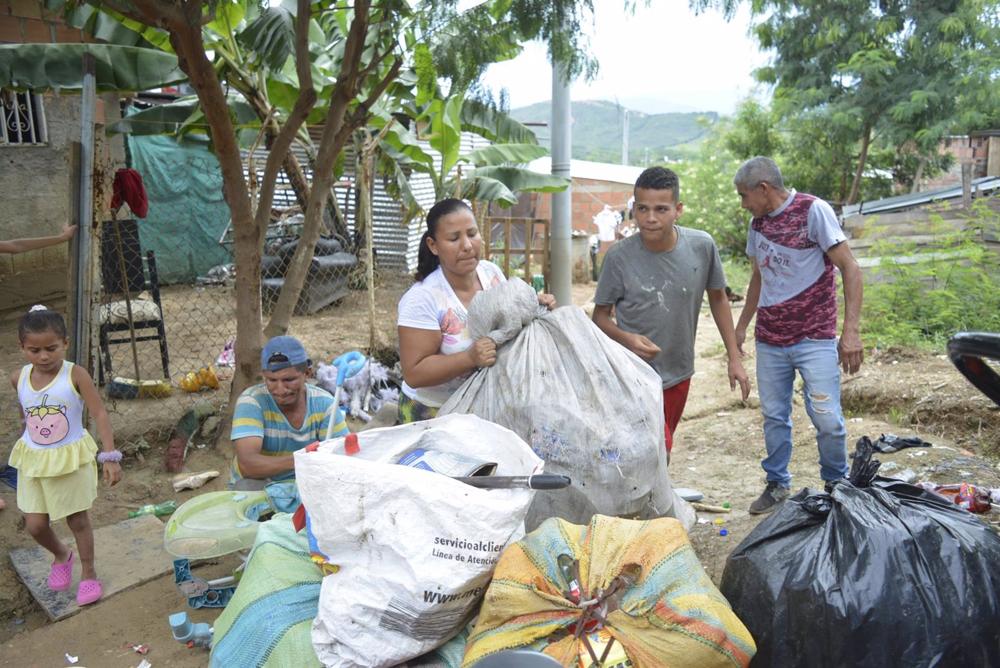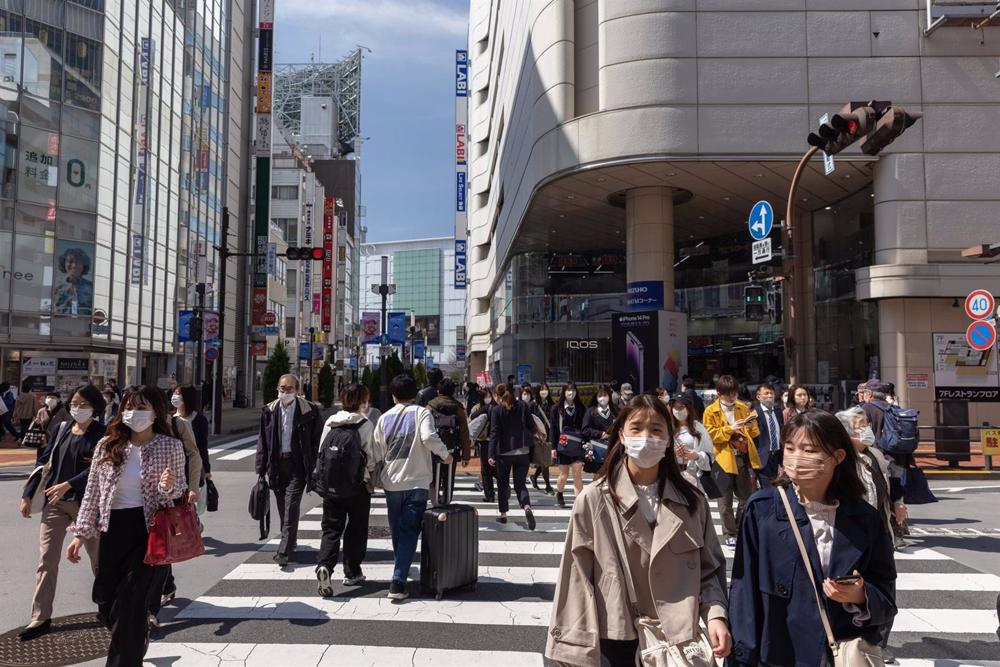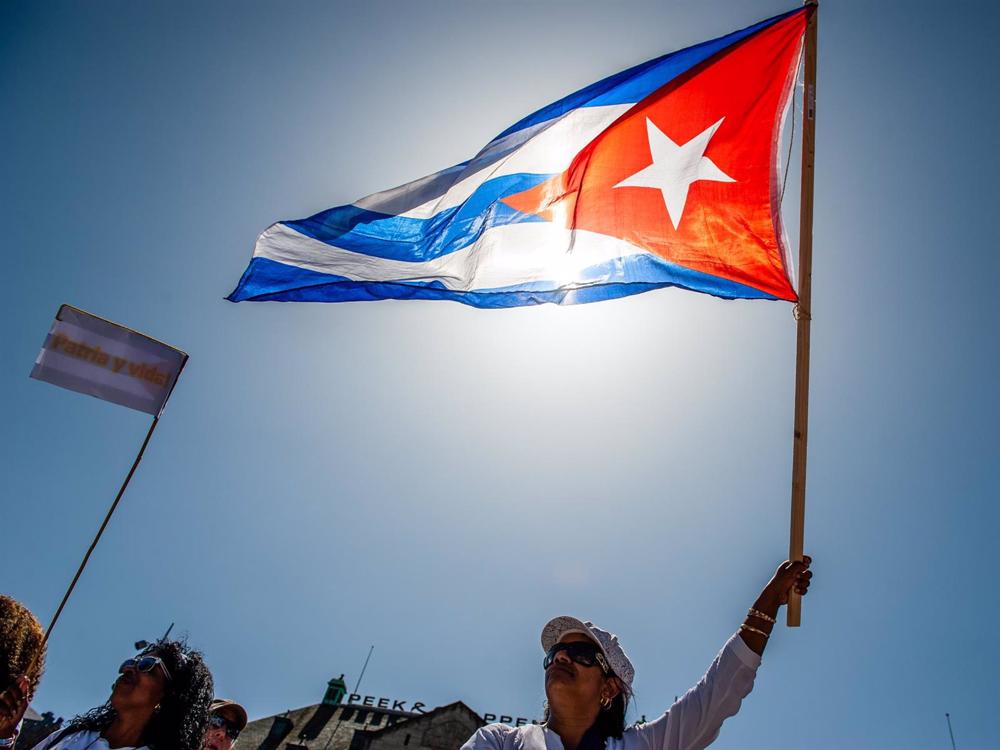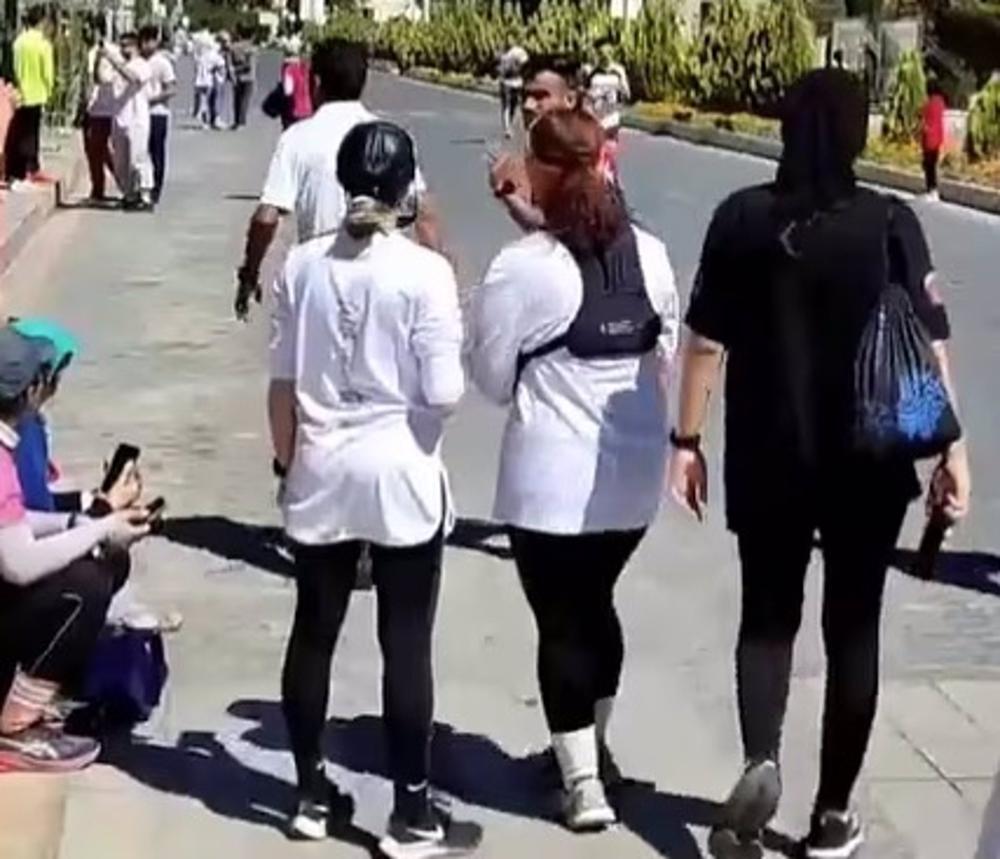
The absence of job opportunities for Venezuelan migrants in their host countries in post-pandemic times, as well as their lack of economic income in the context of the crisis resulting from the war in Ukraine, are some of the many challenges that NGOs will face in 2023.
Colombia program director for the NGO Ayuda en Acción, Orlando Ortiz, notes that the unemployment rate — already not good before the pandemic and the war in Ukraine — has pushed many migrants residing outside Venezuela, both in the United States and in other Latin American countries, to «find ways out» of their «family and economic crises».
Araceli Sanz Cacho, head of programs in South America for the NGO, has also expressed her opinion along these lines, pointing out that the migratory trend in recent years has increased towards North America, although the flow of migration has not ceased at any time towards the usual receiving countries in Latin America.
This is the case of Norlin Bruzual, 38, who although she had a stable job in Venezuela as a teacher and industrial safety specialist, was forced to leave for the Peruvian capital, Lima, to send remittances to her family and help with household expenses.
«As the country went downhill, our livelihood became more difficult every day. We adults were holding on, but there came a time when we couldn’t even pay her (her son’s) basic expenses. So we decided to leave. We didn’t migrate for pleasure, we left out of necessity,» she says, according to testimony gathered by Ayuda en Acción.
The economic situation in Venezuela worsened in 2018 and all her loved ones had to move to Lima. Added to this was the pandemic, in 2020, which ended up aggravating the situation and they decided, once again, to pack their bags again and go to Colombia. In order to pay for the plane ticket, they sold all their belongings.
«From the first moment I felt welcome and safe. Everyone has welcomed us with open arms (in Colombia): from the landlady who rented us the apartment to the neighbor who is teaching my son carpentry so that in the future he can have his own workshop,» she says, although she says that she sees it «impossible» to return to Venezuela, since she could not «guarantee quality of life» for her son.
María Alejandra Gutiérrez Heredia, however, did not arrive by plane to Colombia, but by land in 2020 together with her children and grandson, before the COVID-19 pandemic. In her case, this 34-year-old Venezuelan had to sell her fast food stand because of the economic situation in Venezuela.
She now lives in Cúcuta, Colombia, with her husband, five children and grandchild, all of whom are Venezuelan. Her testimony reflects the difficulties faced by those who dedicate themselves to recycling, a job that provides a livelihood for the whole family.
Both she and her husband, with the help of their two youngest children, who now attend public school, have been forced to work in this sector, driven by necessity and the lack of job opportunities in Colombia.
Despite the discrimination they have suffered, especially because waste pickers carry the stigma of drug addiction, Gutiérrez Heredia says, like Bruzual, that they have been supported by neighbors who have donated food in times of need.
DIFFERENT MIGRATORY ROUTES Faced with the complicated humanitarian and economic crisis in Venezuela, many have been forced to migrate north, using the routes of Colombia, Panama, Costa Rica and Mexico with the desire to reach the United States. The Darien Gap, the inhospitable jungle that separates Colombia from Panama, is one of the most dangerous routes used by migrants.
In contrast, southern countries such as Peru, Bolivia and Chile also receive many Venezuelan migrants, reaching a peak in 2019 when dozens of people in the Chilean region of Tarapacá, in the city of Iquique, came out to protest against the presence of illegal migration.
This episode also strained relations between Chile and Bolivia. Local Chilean authorities at the time accused Bolivia of «not making any effort» to contain the migrant crossing at the border in the north of the country, and also blamed the then President Sebastián Piñera for dereliction of duty.
In the case of Peru, for example, one of the largest recipients of Venezuelan migrants along with Ecuador and Colombia, more than one million people from Venezuela have arrived in the country, according to figures from the United Nations High Commissioner for Refugees (UNHCR).
In fact, it is estimated that 1.6 million Venezuelan refugees and migrants will reside in Peru — more than half in the capital — by the end of 2023, according to data from the Interagency Coordination Platform for Refugees and Migrants (R4V).
Mayen managed to settle in Peru after traveling for seven days by bus with her two young daughters. Upon arrival in the Latin American country, she found a job as a dental assistant, but later, in the middle of the pandemic, she was left without a job.
The situation for her and her family reached such an extreme that she was forced to sell jelly and ice cream in front of her children’s school. Her story, however, ends on a positive note: she now runs a business from her home where she welcomes her customers.
HUMANITARIAN PRIORITIES IN VENEZUELA The last report of Ayuda en Acción, carried out in December to more than 3,200 vulnerable households, concluded that the states with the highest rates of food insecurity are Amazonas, Apure, Zulia and Sucre, where there are also higher percentages of poorly sanitized homes due, among other things, to the lack of economic resources of the families.
Regarding the labor situation of Venezuelan households, the study points out that there is a high concentration of inactive age population and pregnant or breastfeeding women, which hinders the incorporation into the labor market of these sectors of the population, punished by precariousness.
Thus, the main needs in the community environment are access to drinking water, the scarce presence of public social services, as well as the lack of electricity due to constant interruptions in the supply.
In fact, the impact of the UN Office for the Coordination of Humanitarian Affairs (OCHA) focuses mainly on the segments of health (two million people reached), sanitation and hygiene (960,000), protection (670,000) and nutrition (410,000).
Source: (EUROPA PRESS)






